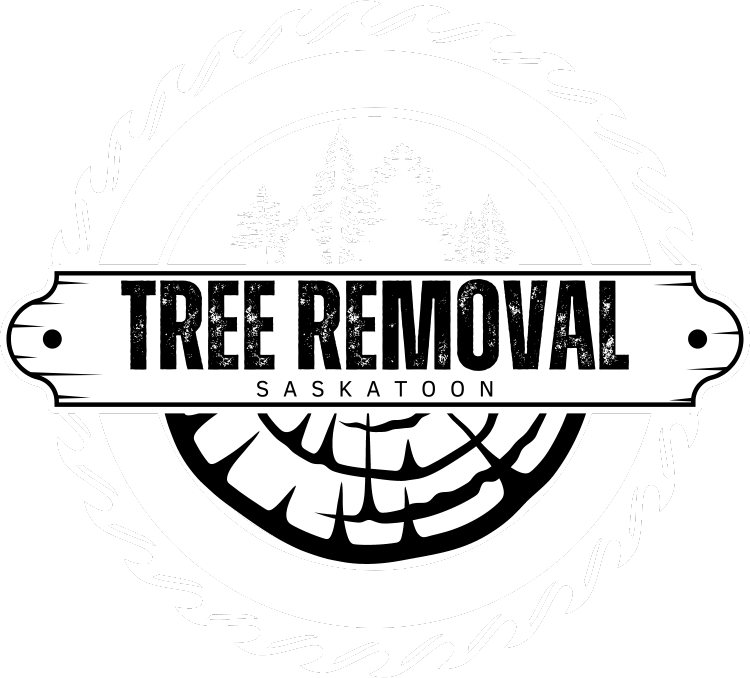Tree Planting Guide: Best Practices for Planting New Trees
Planting a tree is a long-term investment in the future. Not only do trees provide environmental benefits, but they also elevate the aesthetics of a property and, over time, can become enduring landmarks. However, for a tree to thrive and reach its full potential, its initial planting is crucial. At Tree Removal Saskatoon, we believe that every tree planted should be given the best start. Here's a guide to ensure that your new tree thrives.
1. Choosing the Right Tree

Begin by selecting a tree suitable for your region, soil type, and the specific location on your property. Consider factors like the tree's mature size, its growth rate, and its tolerance to local pests and diseases.
2. Selecting the Ideal Location
Once you've chosen the type of tree, pick a spot that aligns with its sun and shade needs. Ensure there's enough space for the tree to grow, both upwards and sideways. Also, steer clear of overhead power lines and underground utilities.
3. Digging the Hole
The hole should be at least twice as wide as the tree's root ball but no deeper. This ensures that the roots have room to spread out, facilitating better growth.
4. Handling the Root Ball
Before placing the tree in the hole, inspect the root ball. If the roots are circling around, gently tease them outward. This prevents the roots from growing in a circular pattern, which can choke the tree over time.
5. Planting Depth
Place the tree such that the point where the trunk starts branching out (called the trunk flare) is just above ground level. Planting too deep can cause root rot, while planting too shallow might expose the roots.
6. Backfilling the Hole
Fill the hole with the original soil. Avoid compacting the soil too much as this can prevent water from reaching the roots.
7. Watering
Once planted, water the tree generously to settle the soil and eliminate air pockets. For the first few weeks, ensure the tree gets adequate water to help it establish its roots.
8. Mulching
Apply a layer of mulch around the tree but avoid touching the trunk. Mulch helps retain soil moisture and prevents weeds that might compete for nutrients.
9. Staking (if necessary)
If the tree is tall and you're planting in a windy location, consider staking it for support. However, ensure the stakes are not too restrictive, allowing the tree to move naturally.
10. Regular Inspections
In the initial months, keep an eye out for signs of stress or disease. If you notice anything unusual, seek professional advice.
Planting a tree might seem straightforward, but the steps you take during this phase can determine the tree's health and longevity. If you're unsure about any part of the process, remember that professional guidance is invaluable.
Considering planting a tree in Saskatoon or nearby areas? Reach out to Tree Removal Saskatoon. Our expertise ensures that your tree gets the best start possible.
